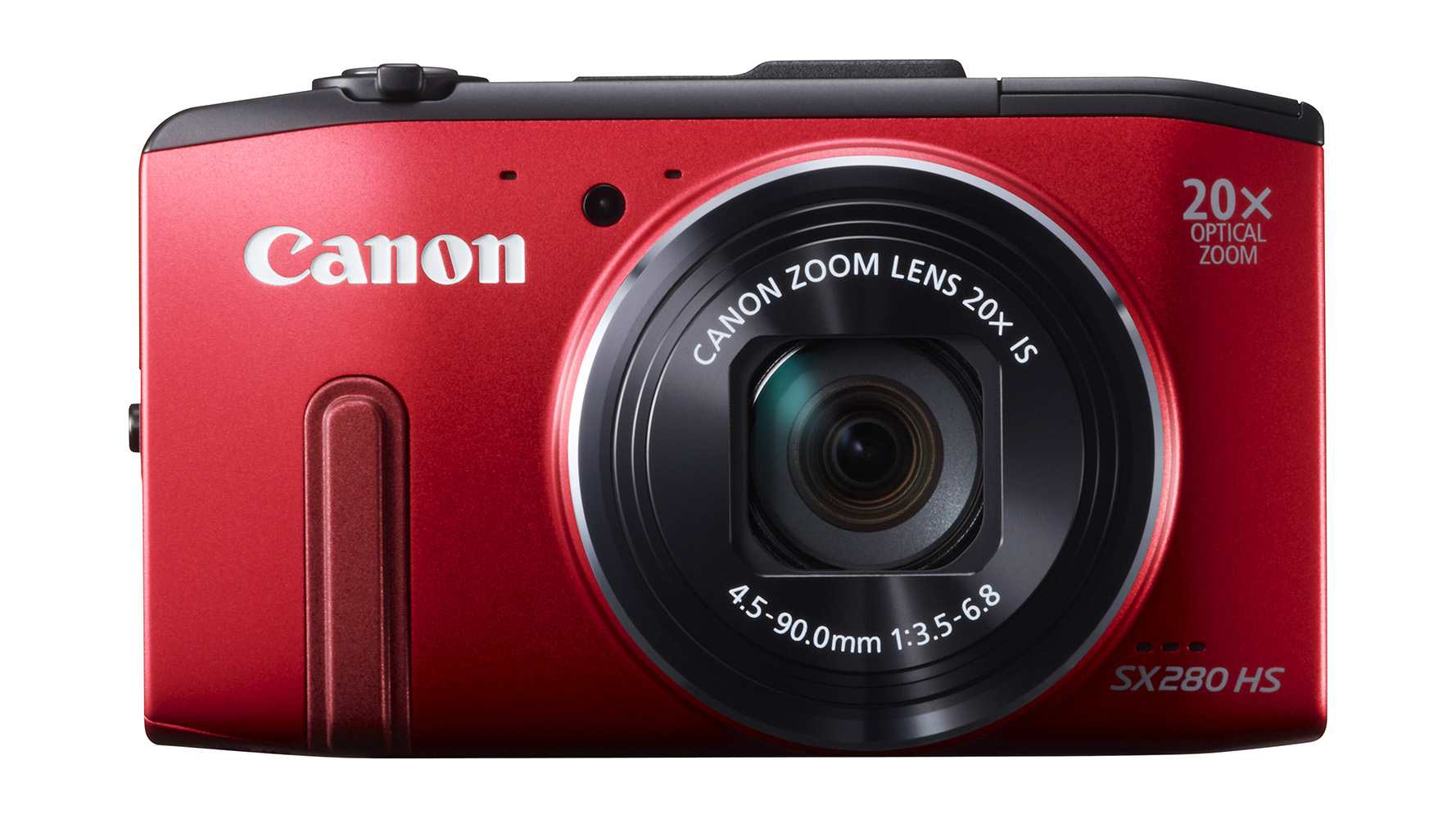Why you can trust TechRadar
For a compact camera packing an impressive 20x optical zoom, the Canon SX280 is impressively slim, and will easily slip into a jeans or coat pocket.
On the front of the camera is a small strip that acts as a finger grip, helping when shooting one-handed - but it looks a little odd, since it doesn't take up much space on the camera.
All of the camera's buttons are arranged along the right-hand side, making them easily accessible with your thumb. On top of the camera, the on/off switch can be found, alongside the shutter release and the zoom switch.
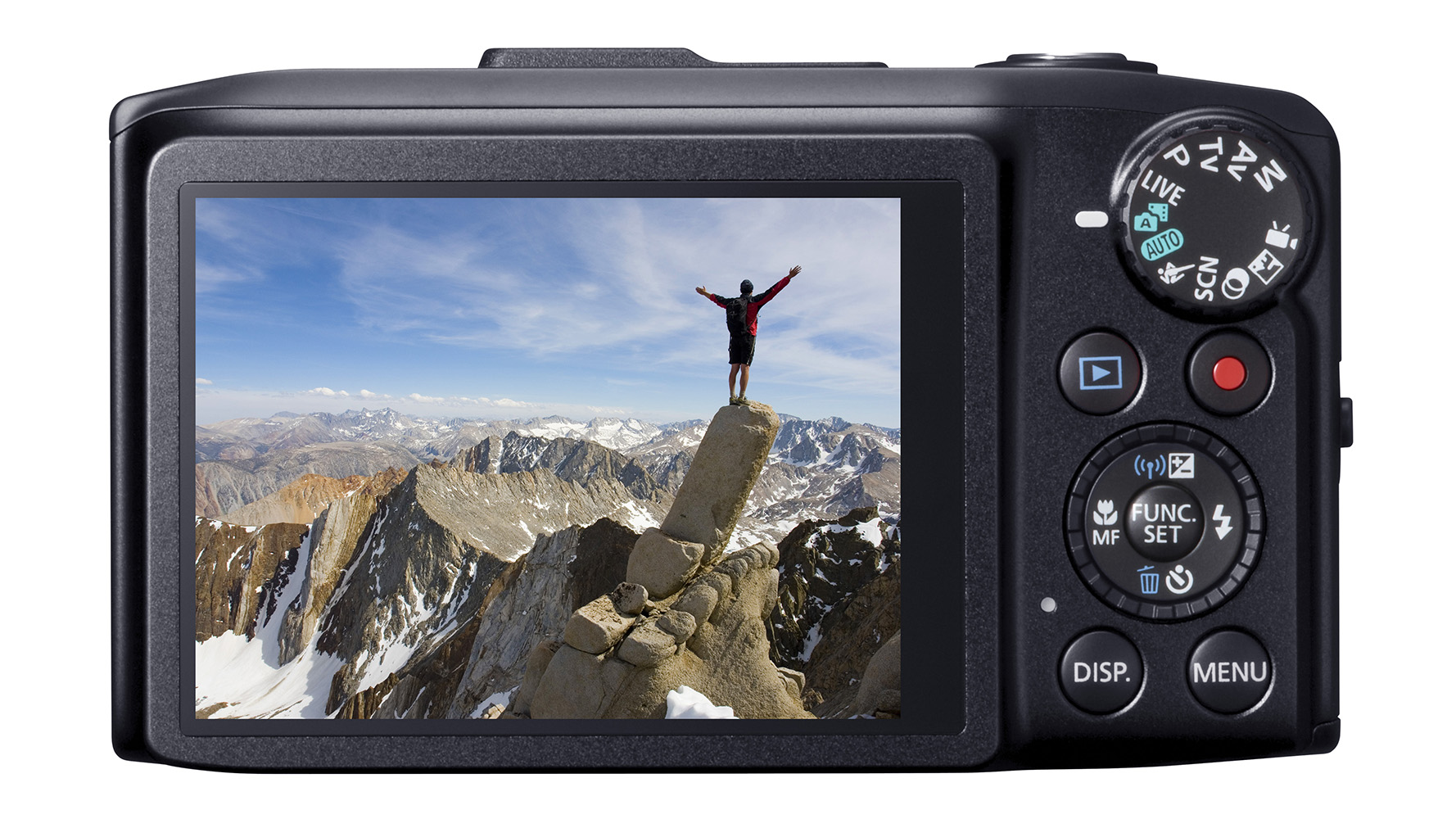
Since you're likely to be using the zoom mechanism fairly frequently, it's nice that this switch feels sturdy and not too flimsy. The zooming action itself is smooth and fluid, enabling you to get from the wide angle of the lens to the telephoto end with ease.
The zoom pauses as it reaches the 40x digital zoom area, making it easy to avoid accidental strays into digital if you don't want to use it. You'll need to release and re-zoom if you want to push the zoom up to the 80x limit, which is a nice touch.
On the back of the camera, at the top-right is a mode dial for quickly switching between the various modes on offer, such as fully automatic, semi-automatic (aperture priority and shutter priority) and fully manual. It's also here that you'll find scene mode, digital filters and the Hybrid Auto mode.
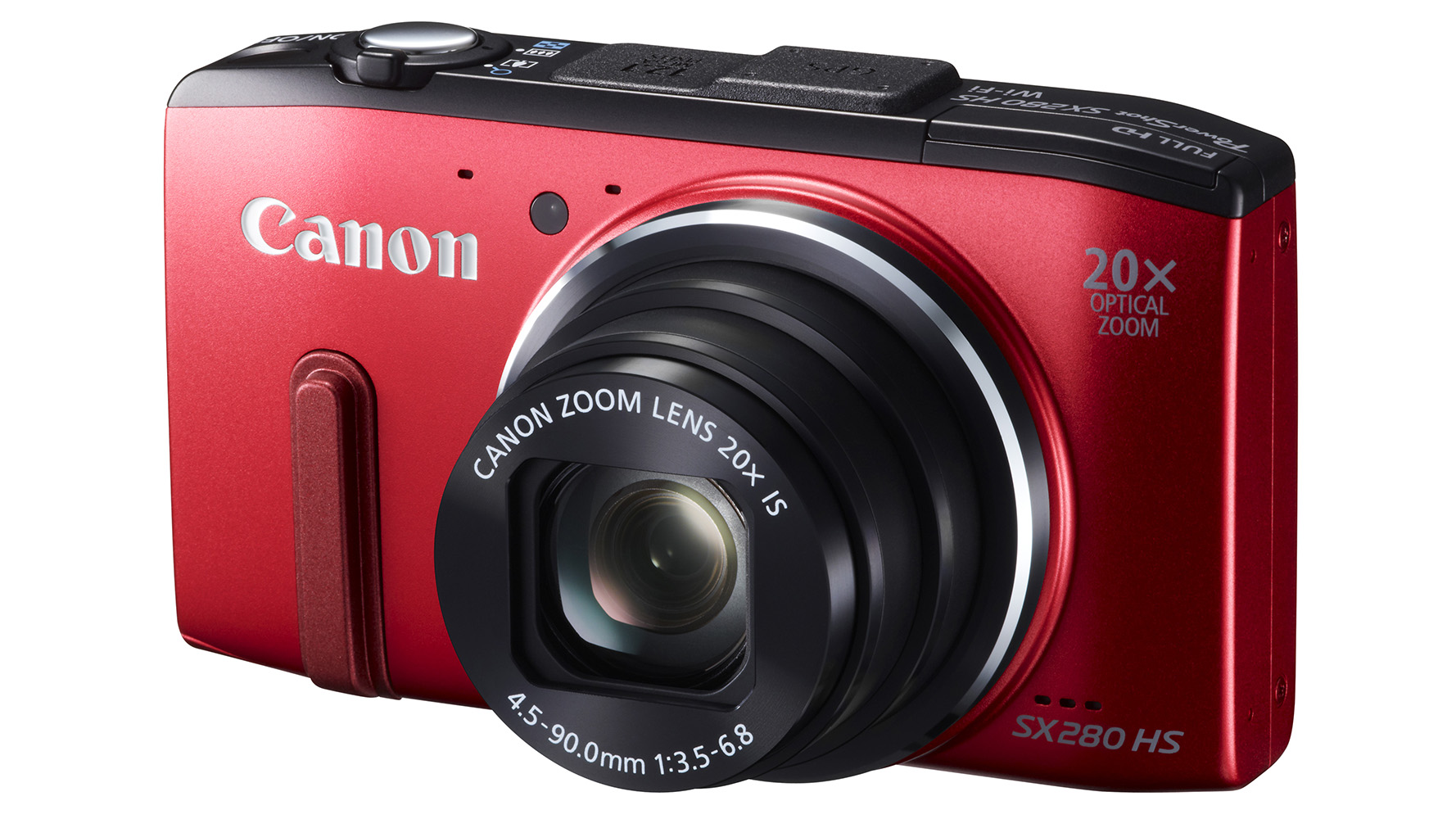
It's pretty useful having this dial, since it saves having to fiddle around in the main menu to get to the shooting mode you want to use. Unlike the Panasonic TZ40, there isn't room here for groups of custom settings, which is a bit of a shame.
There's also the traditional four-way navigational control pad, surrounded by a scrolling dial. This dial is used to set the aperture or shutter speed, depending on the mode that you're shooting in. If you're in fully manual mode, hitting the up directional key enables you to switch between the two. This button doubles up as the exposure compensation button when shooting in other modes.
Other functions accessed via the four-way pad include the focusing modes (macro, normal and manual), flash (on/off) and timer. Pressing the function button in the middle of the pad brings up a sort of quick menu that gives you easy access to commonly used settings, such as white balance, image ratio and sensitivity.
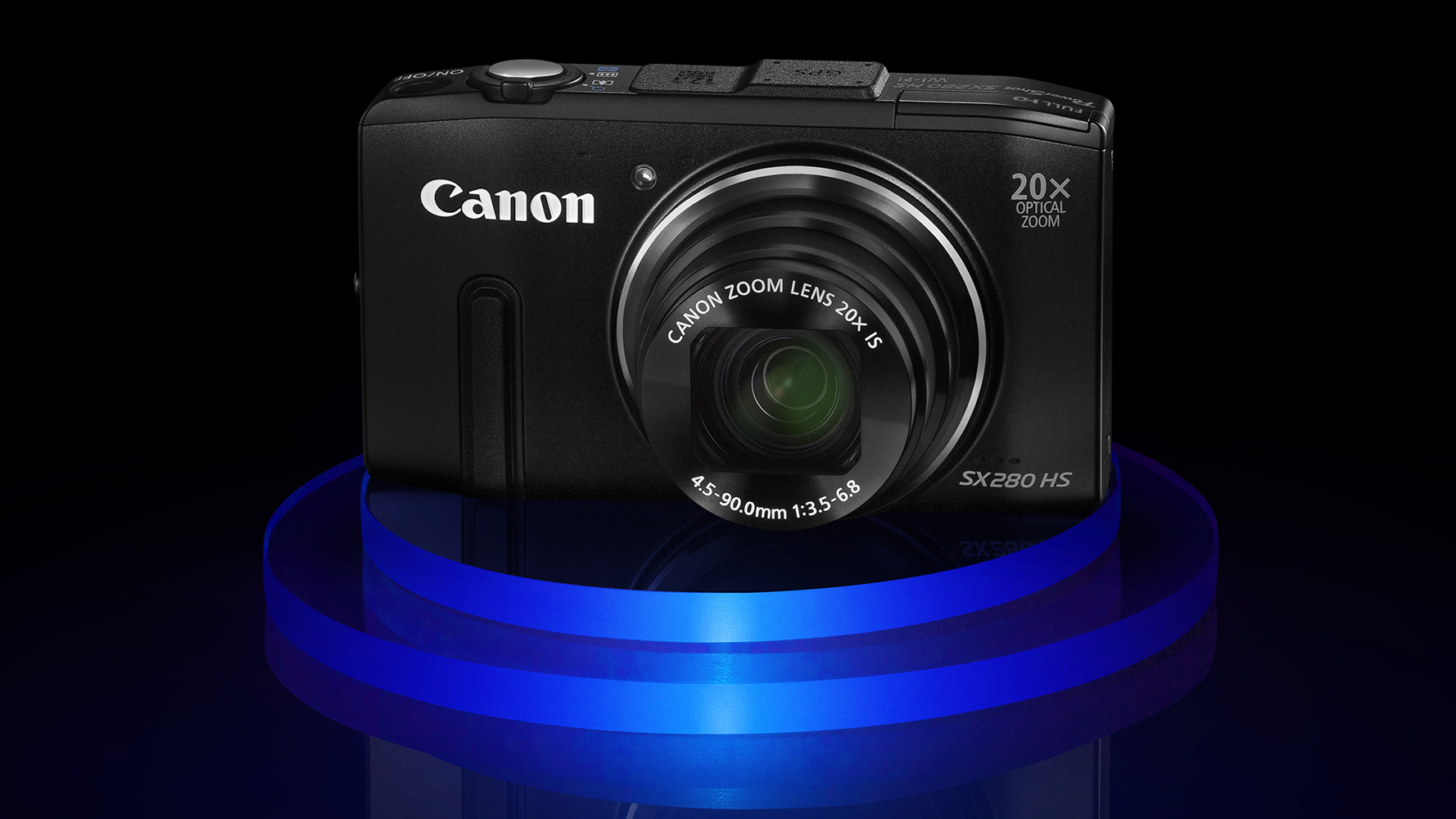
A more extensive menu can be accessed by pressing the dedicated Menu button, but you'll probably find you rarely need to use this.
By default, autofocusing is set to Face AiAF. This gives priority to faces, but can bring up problems if you're trying to focus and recompose on other kinds of subjects.
For the majority of shooting subjects, we'd recommend using Center Frame AF as it makes it easier to focus and recompose. It's a big shame that, unlike the Panasonic TZ40, you can't set different autofocus points yourself, since this would give more flexibility.
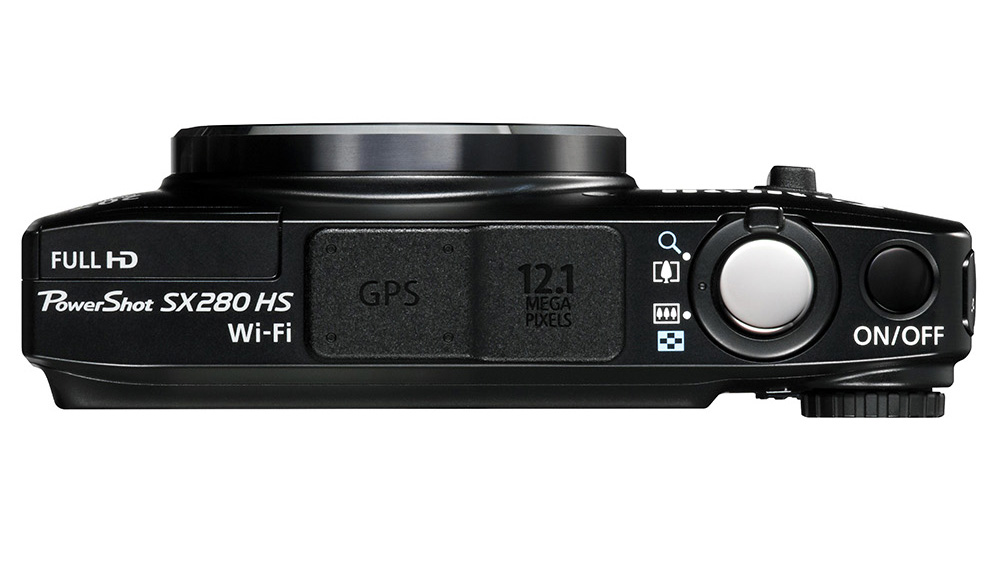
One oddity of the camera is that it doesn't show on the screen how different settings will affect the final image once you've changed a setting. For example, while shooting in aperture priority, if you set the exposure compensation to +2, while you are making that change, the screen shows how the resulting image will be exposed.
However, as soon as you exit the exposure compensation dialog box, the picture returns to normal. This can make it tricky to adequately assess the settings you need to use.
Using the Wi-Fi functions of the camera is fairly easy, if not without a few niggles. It is accessed while playing back images, since currently the only functionality is to share images between devices.
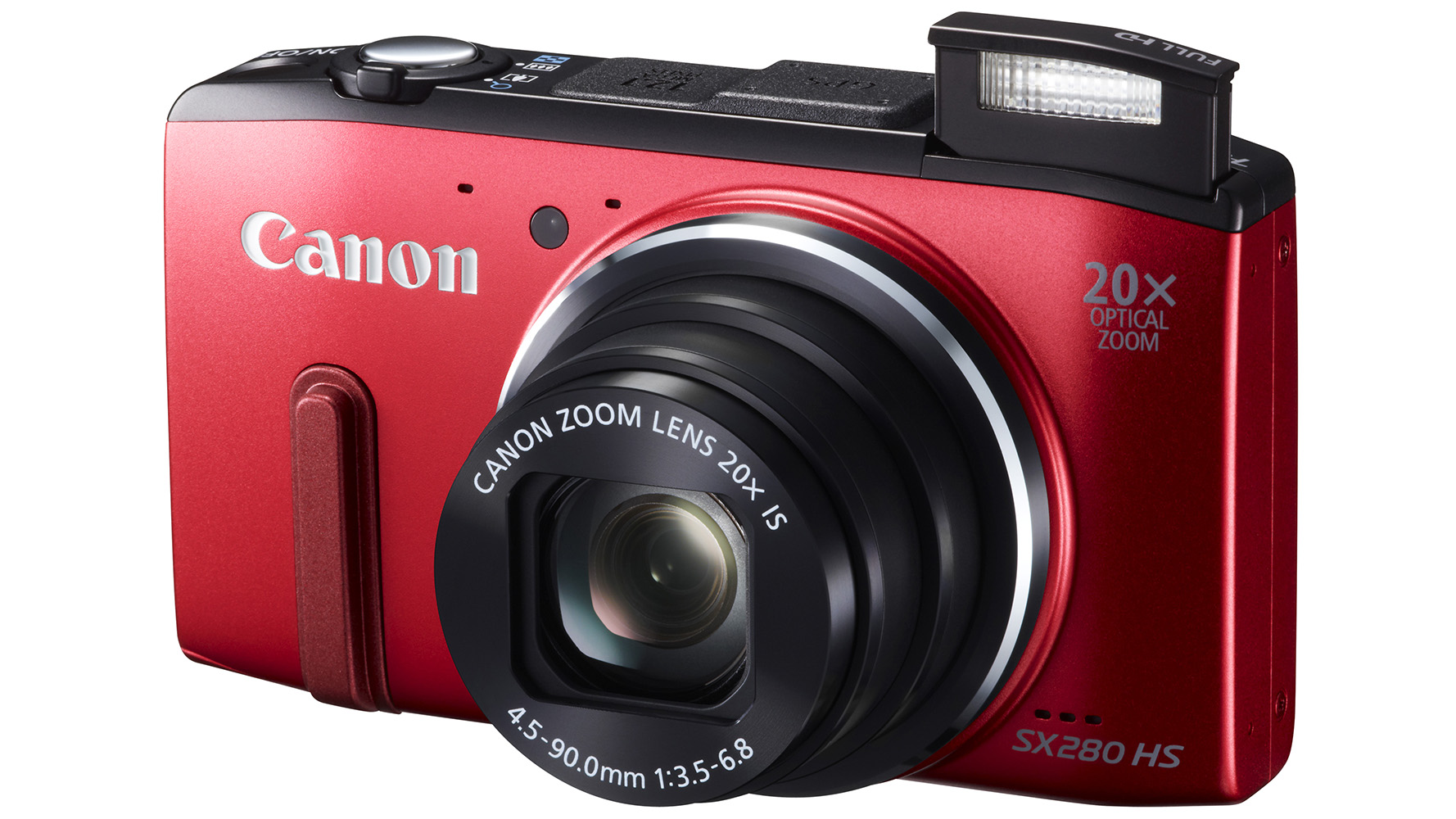
The up button on the four-way control pad is used to access Wi-Fi settings, and once you've already set up a device (such as a smartphone) with the camera it is remembered for quicker access.
You can also connect the camera to another Wi-Fi-enabled camera, computers and printers. Sadly there's no way to directly share images via social networking sites and email, like with Samsung's range of smart cameras, which is a shame.
Instead, to share an image while out and about you'd need to connect your phone to the camera, send the picture across, then reconnect your phone to a Wi-Fi/mobile data network and upload the pictures. It's a little bit of a cumbersome task, but it's a nice to have addition if you like that kind of thing.
The GPS functionality is switched on via the Function menu. You can choose to only embed GPS data to each image, or to do this and create a log of your travels. Switch the travel log off if you want to conserve battery, since this also works when the camera is switched off.
Amy has been writing about cameras, photography and associated tech since 2009. Amy was once part of the photography testing team for Future Publishing working across TechRadar, Digital Camera, PhotoPlus, N Photo and Photography Week. For her photography, she has won awards and has been exhibited. She often partakes in unusual projects - including one intense year where she used a different camera every single day. Amy is currently the Features Editor at Amateur Photographer magazine, and in her increasingly little spare time works across a number of high-profile publications including Wired, Stuff, Digital Camera World, Expert Reviews, and just a little off-tangent, PetsRadar.
